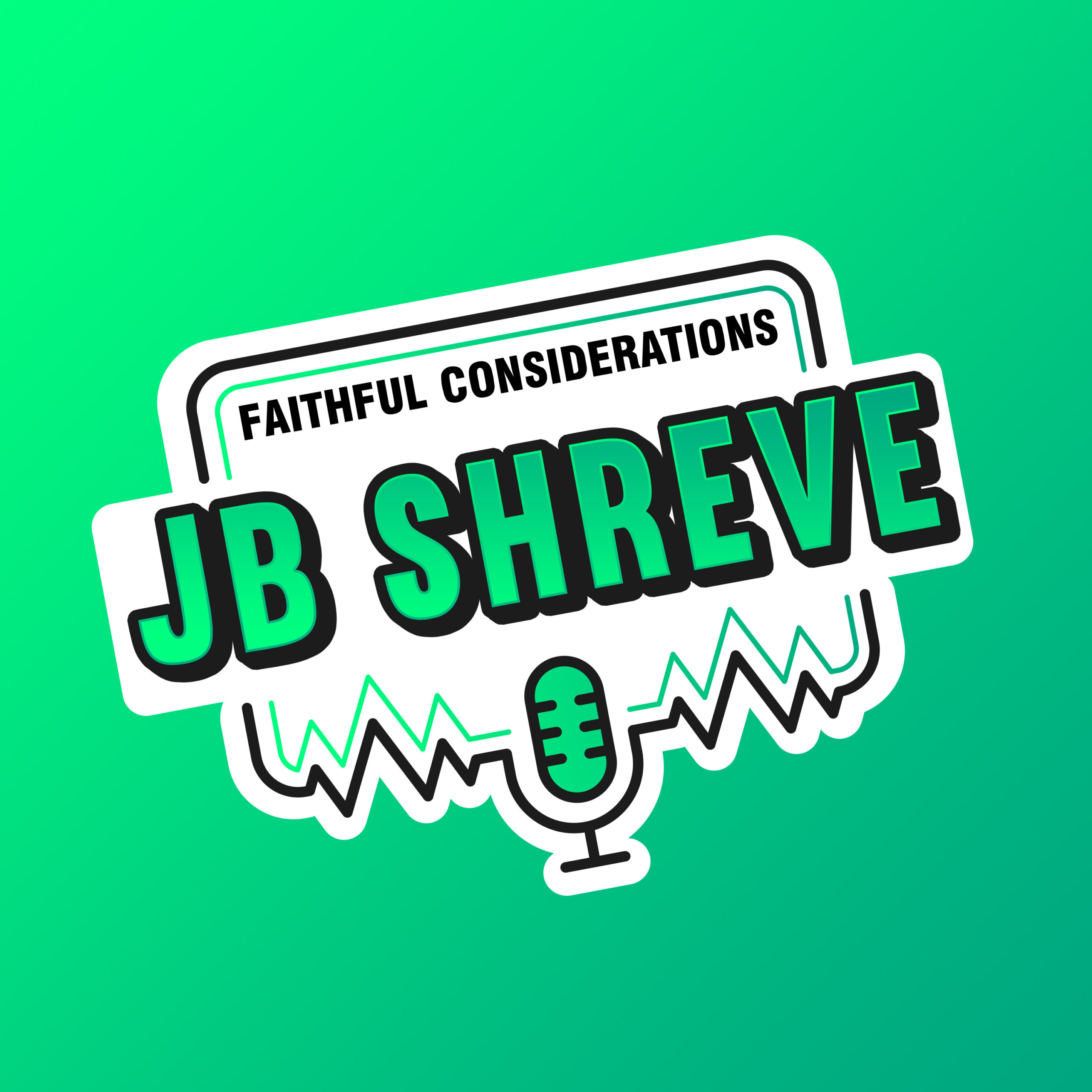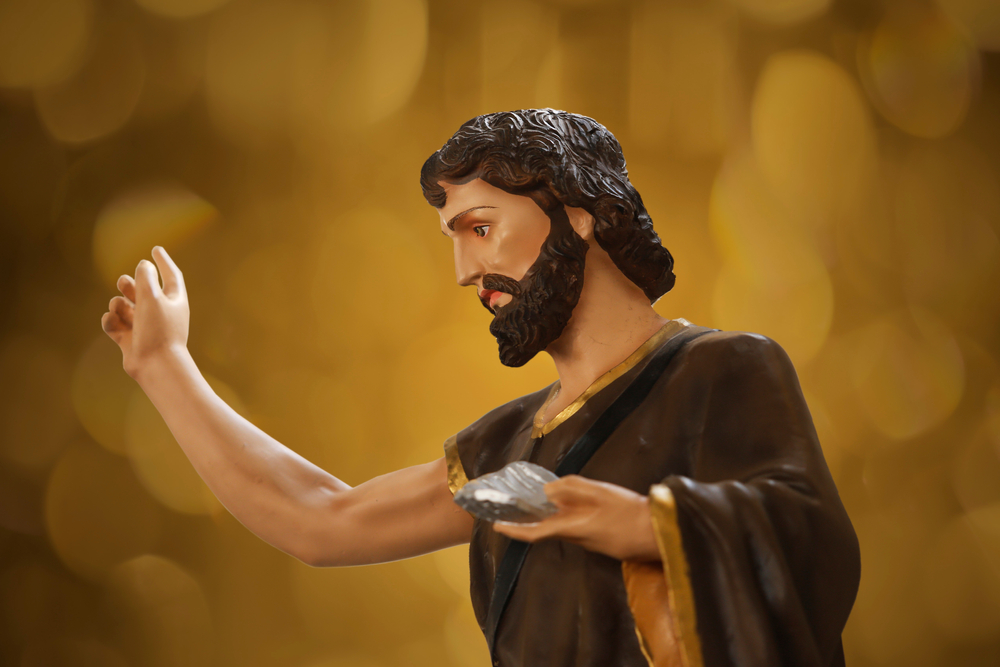This post is part of an ongoing series in the study of John we are doing during January. Subscribe to the blog for daily updates in the Bible Study posts. Subscribe to the podcasts to hear our discussion of the book of John throughout this month. Join us in your daily devotions as we travel through this fascinating account of the life of Christ.
***
There was a man sent from God, whose name was John. This man came for a witness, to bear witness of the Light, that all through him might believe. He was not that Light, but was sent to bear witness of that Light. That was the true Light which gives light to every man coming into the world. John 1:6-9 (NKJV)
Now this is the testimony of John, when the Jews sent priests and Levites from Jerusalem to ask him, “Who are you?” He confessed, and did not deny, but confessed, “I am not the Christ.” And they asked him, “What then? Are you Elijah?” He said, “I am not.” “Are you the Prophet?” And he answered, “No.” Then they said to him, “Who are you, that we may give an answer to those who sent us? What do you say about yourself?” He said: “I am The voice of one crying in the wilderness: “Make straight the way of the LORD,” ‘as the prophet Isaiah said.” Now those who were sent were from the Pharisees. And they asked him, saying, “Why then do you baptize if you are not the Christ, nor Elijah, nor the Prophet?” John answered them, saying, “I baptize with water, but there stands One among you whom you do not know. It is He who, coming after me, is preferred before me, whose sandal strap I am not worthy to loose.” These things were done in Bethabara beyond the Jordan, where John was baptizing. John 1:19-28 (NKJV)
Two thousand years after Christ’s work at the cross and resurrection, it is all too easy for us to miss the significance of John the Baptist. We see the gospel’s message centered upon Jesus, and everyone else is the supporting cast to the story. While Jesus is undoubtedly the center of the story, there is a reason that all four gospels include the specific notice that John the Baptist prepared the way for the mission of Christ. It is one of only a handful of details consistently shared in all four gospels.
While the ministry of Jesus rightfully eclipsed the work of John the Baptist, we cannot overstate how impacting and influential he was in the generation he lived. Further, the efforts of John and other writers of the gospels to draw attention to John the Baptist’s work for future generations informs us about more than the historical realities at work but also the manner and nature of God’s ways in the earth.
What John the Baptist Did
John the Baptist rattled the world in which he lived. He shook the system and caused the people to question the legitimacy of all they heard, saw, and received from his day’s political and religious leaders. In the gospel of Luke, Jesus provided some insight into what John looked like to those among whom he lived.
When the messengers of John had departed, He began to speak to the multitudes concerning John: “What did you go out into the wilderness to see? A reed shaken by the wind? But what did you go out to see? A man clothed in soft garments? Indeed those who are gorgeously appareled and live in luxury are in kings’ courts. But what did you go out to see? A prophet? Yes, I say to you, and more than a prophet. This is he of whom it is written: ‘Behold, I send My messenger before Your face, Who will prepare Your way before You.’ Luke 7:24-27 (NKJV)
In other words, John was not a soft, seeker-friendly prophet. He challenged, provoked, and dismissed much of the respected norms of his generation. When the religious leaders came out to see John the Baptist, he called them a brood of vipers (Matthew 3:7) and told them they needed to repent of their wickedness. When the political leaders came out to see him, John the Baptist confronted the ruler as a sexually immoral deviant (Mark 6:18). John the Baptist warned that the systems of society and even religion were inadequate, and God was about to tear them down (Luke 3:9).
Although John the Baptist shook, rattled, and destroyed well-founded perceptions of his day, he did not do that simply for the sake of destruction. John the Baptist was not a mere scoffer of all the falseness and inaccuracy around his generation. He was a preparer. He tore down so that the right things could be built up.
And he went into all the region around the Jordan, preaching a baptism of repentance for the remission of sins, as it is written in the book of the words of Isaiah the prophet, saying:
“The voice of one crying in the wilderness:
‘Prepare the way of the LORD;
Make His paths straight.
Every valley shall be filled
And every mountain and hill brought low;
The crooked places shall be made straight
And the rough ways smooth;
And all flesh shall see the salvation of God.'”
Luke 3:3-6 (NKJV)
John the Baptist literally came to prepare the way for the Messiah, the deliverer. The significance of who John was and what he did is mentioned in all four gospels because the followers of Christ realized the importance of what John did and who he was. Without John, the people would not see Christ correctly.
While many during this period believed the coming Messiah would be a political leader, John the Baptist prepared their hearts and minds for the truth of Christ. That preparation process meant destroying things held in high esteem but out of alignment to the correct way of God. It meant focusing the hearts and minds of the people toward a better way. And when that Way (Christ) came, the people could see Him. If John had not shaken them free from their false presumptions, the people would have missed Christ when he walked among them.
What John the Baptist Represents
John the Baptist represented more than a prophet. When asked by the religious leaders in John 1:21 if he was “the Prophet,” John the Baptist responded, “No.”
Of course, we know he was a prophet because, in Luke 7, Jesus explained, “Among those born of women, there is not a greater prophet than John the Baptist.” The misdirection that John the Baptist presented to the religious leaders in John 1 serves to inform us that John represented more than a singular prophet. He demonstrated the nature and way of God moving into the earth.
John the Baptist represents the way God has always worked and continues to work among His people. We should all be growing from faith to the faith and strength to strength. Our sight and understanding of God should develop throughout our lifetime.
For that to occur, though, there will be many instances throughout life when we require a mentality or heart posture adjustment. That adjustment is often disruptive, discombobulating, and unpleasant. That was what John the Baptist brought to the people.
We can view this process as a spiritual technology designed by God to draw those He loves closer to Him. In our spiritual journey with God, we will frequently encounter frustration, unrest, and upheaval regarding our perspectives and understanding of God and His ways. These disruptive moments are not necessarily schemes of the enemy to divert us from the path of God. They may be the John the Baptist technology initiated by God to loosen us from the hold of well-intended but inaccurate perspectives of God and His ways. That shaking is the preface to the coming goodness and glory of God as He shows Himself to us in a new and more profound way.
Considerations Today
- What are some of the well-intended but inaccurate perspectives of God that may require disruption in my life?
- Do I automatically presume any sense of spiritual unpleasantness is from the enemy?
- Could God be using a sense of upheaval to push me into greater sight of Him?
Subscribe to the blog as we continue our walk through the book of John tomorrow.
[email-subscribers-form id=”2″]
Be sure to verify by email when you subscribe!





What do you think?
Show comments / Leave a comment